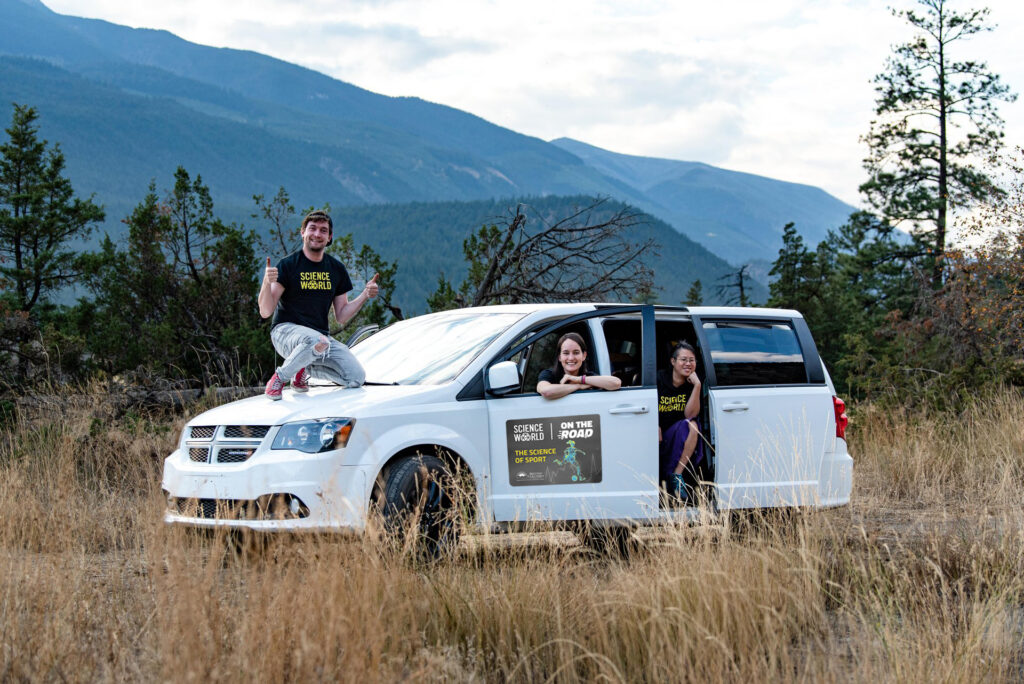In this make and take, students visualize how air can act like a fluid by getting their gliders to ride an air wave!
When you release the Tumblewing Glider, lift occurs because of Bernoulli's principle: the air moving across the winglets moves faster than the air below, decreasing the air pressure. This causes the air pressure from below to push up, resulting in lift, keeping the tumblewing in the air longer.
When you move a piece of stiff cardboard through the air, it pushes air in front of it. This causes a region of higher air pressure to build up in front of the cardboard. When the tumblewing glider flies in front of the moving cardboard, it 'rides' on that region of higher air pressure like a surfer on a wave.
Air behaves like a fluid, so to visualize this, you can imagine you are pushing cardboard through a bathtub full of water – a wave of high-pressure water would be created in front of the cardboard.
This is a recommended post-visit activity for Science World On The Road.


